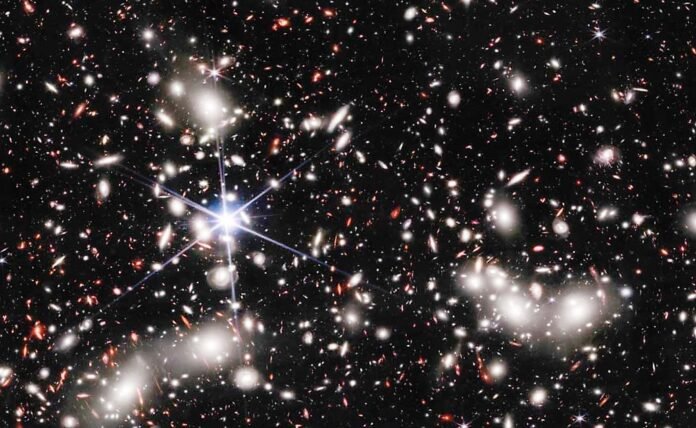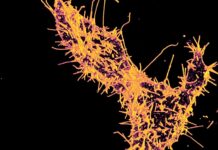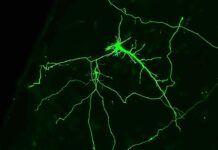The universe is vast and full of mysteries, and we are constantly striving to unravel its secrets. Recently, astronomers have made some surprising discoveries that are challenging the standard theory of galaxy formation. They have discovered more than 15 galaxies shining within the first half-billion years of the universe’s existence, which is an unexpected and fascinating phenomenon. These discoveries are thanks to the giant new space telescope, the James Webb Space Telescope (JWST), which is capable of looking back in time for the universe’s first galaxies.
Surprising Discoveries
The JWST was initially examining a patch of sky estimated to hold just 0.2 galaxies, but out of the images popped not one, but two bright galaxies. The JWST astronomers are now applying the gold standard method of analyzing the galaxies’ spectra in detail to see how much their light has been stretched by the expansion of the universe. The spectra have confirmed nine of the early galaxies, including two added to the roster this week following JWST observations on 24 March.
Theories and Explanations
The standard theory of cosmology, lambda-cold dark matter (LCDM), cannot account for the excess galaxies astronomers are seeing, but few astronomers are ready to discard it. Cosmologists are considering several possibilities to explain this fascinating discovery.
Avishai Dekel of the Hebrew University of Jerusalem argues that star formation must have been more efficient in the early universe, which was physically much smaller. The gas from which stars form would have been 1000 times denser than it is today, making star formation easier.
Andrea Ferrara of the Scuola Normale Superiore in Pisa, Italy, takes a different approach, suggesting that the dense galaxies of the early universe would ramp up star formation in cycles that repeat every 100 million years. During the star-forming phases, the radiation pressure from the stars would blast out dust, making the galaxies appear bright and blue.
Another possible explanation for the galaxies’ surprising brightness is that it was driven not by stars but massive black holes at their hearts.
Conclusions
The discoveries made by the JWST are leaving theorists scratching their heads. Few astronomers are ready to discard the standard theory of cosmology, lambda-cold dark matter (LCDM), but they are considering several possibilities to explain this fascinating discovery. The excess of galaxies in the newborn universe is more apparent than real, or the galaxies are merely overly bright and stuffed with stars, so more of them poke above the threshold that JWST can see. The theories are being challenged, and astronomers are excited to see what other discoveries the JWST will make in the future.
Google News | Telegram















